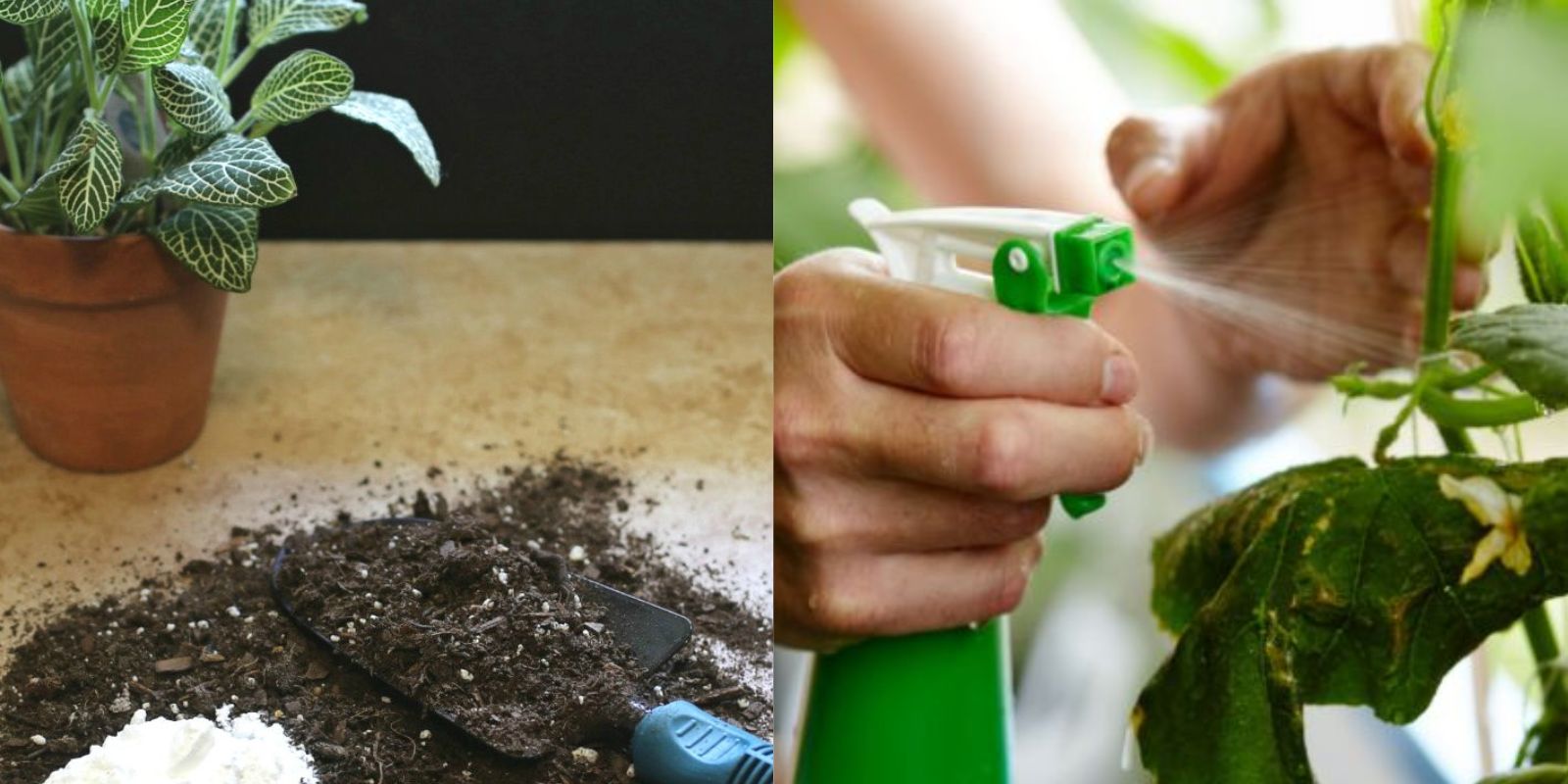Gardening enthusiasts are always on the lookout for innovative and cost-effective ways to enhance their garden’s health and productivity. One household ingredient that stands out for its versatility is baking soda. Known for its numerous uses in the kitchen and home cleaning, baking soda also offers a range of benefits for your garden. This article delves into how you can utilize baking soda to achieve outstanding results in your garden.
1. Introduction: The Wonders of Baking Soda
Baking soda, or sodium bicarbonate, is a common household item renowned for its ability to tackle a variety of tasks. Beyond its role in baking and cleaning, this humble powder can significantly impact garden health. Its effectiveness stems from its mild alkaline nature, which can influence soil pH, combat pests, and improve plant growth. Let’s explore the many ways baking soda can become your garden’s best friend.
2. Pest Control
The Problem: Gardens often face challenges from a variety of pests, including aphids, mites, and other unwanted insects that can damage plants.
The Solution: Baking soda can act as a natural pesticide, helping to keep these pests at bay. Here’s how:
- DIY Pest Control Spray: Mix 1 tablespoon of baking soda with 1 quart of water and add a few drops of dish soap. The soap helps the solution adhere to plant surfaces. Pour the mixture into a spray bottle and apply it to affected plants. This solution can disrupt the feeding habits of pests and deter them from causing further damage.
- Application Tips: Apply the mixture in the early morning or late afternoon to avoid harming beneficial insects and to reduce the risk of leaf burn. Reapply every 7-10 days or after rain.
3. Fungal Disease Prevention
The Problem: Fungal diseases like powdery mildew and downy mildew can weaken plants and reduce yields.
The Solution: Baking soda can be an effective preventive measure against fungal infections:
- Fungal Disease Solution: Combine 1 tablespoon of baking soda, 1 tablespoon of vegetable oil, and 1 gallon of water. Mix thoroughly and transfer to a spray bottle. Apply this solution to the foliage of plants prone to fungal diseases. Baking soda works by altering the pH on the surface of the leaves, making it less hospitable for fungi.
- Application Tips: For best results, apply the solution before symptoms appear and ensure even coverage on both the tops and undersides of leaves. This can help prevent the spread of fungal spores.
4. Soil pH Adjustment
The Problem: Soil acidity can affect plant growth and nutrient availability.
The Solution: Baking soda can help to neutralize overly acidic soils:
- pH Adjustment Method: Test your soil’s pH using a soil test kit. If your soil is too acidic (pH below 6.0), you can sprinkle baking soda over the soil surface. For small areas, use 1 tablespoon of baking soda per square foot and lightly incorporate it into the soil. Baking soda reacts with acids in the soil, helping to raise the pH level.
- Application Tips: Be cautious not to over-apply, as excessive use can lead to soil alkalinity. Regularly test soil pH and make adjustments as needed.
5. Improving Plant Growth
The Problem: Plants may suffer from nutrient deficiencies or poor growth conditions.
The Solution: Incorporating baking soda into your garden can support healthier plant growth:
- Nutrient Enhancement: Add a small amount of baking soda to your compost or directly to the soil to help balance pH levels and improve nutrient availability. For compost, mix 1-2 tablespoons of baking soda per compost bin. For direct soil application, use about 1 tablespoon per square foot and mix it into the top layer of soil.
- Application Tips: Use baking soda sparingly to avoid overloading your soil with alkalinity. Monitor plant responses and adjust application rates accordingly.
6. Cleaning Garden Tools
The Problem: Garden tools and pots can accumulate dirt, rust, and other residues.
The Solution: Baking soda serves as a natural abrasive cleaner:
- Tool Cleaning Method: Create a paste by mixing baking soda with a small amount of water. Apply the paste to dirty tools and pots, then scrub with a brush or sponge. Baking soda’s mild abrasiveness helps remove stubborn grime without scratching surfaces.
- Application Tips: Rinse tools thoroughly with water after cleaning to remove any baking soda residue. Dry completely to prevent rust.
7. Additional Tips and Considerations
- Avoid Overuse: While baking soda is beneficial, excessive application can alter soil pH too drastically or affect plant health. Use it in moderation and monitor your garden’s condition.
- Complementary Practices: Combine baking soda with other sustainable gardening practices, such as using organic compost and practicing proper watering techniques, for the best results.
8. Conclusion: Embracing Baking Soda in Your Garden
Baking soda is a versatile and cost-effective tool that can enhance various aspects of garden care. From pest control and disease prevention to soil pH adjustment and plant growth, this simple ingredient offers multiple benefits for gardeners. By incorporating baking soda into your gardening routine, you can achieve healthier plants and a more vibrant garden.
Motivational Sentence:
Unlock the full potential of your garden with the amazing powers of baking soda! 🌻💧 Share your garden successes and tips with us—let’s grow together! #GardeningHacks #BakingSodaMagic #EcoFriendlyGardening #PlantCare #GreenThumb

